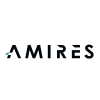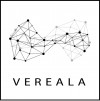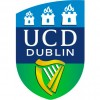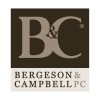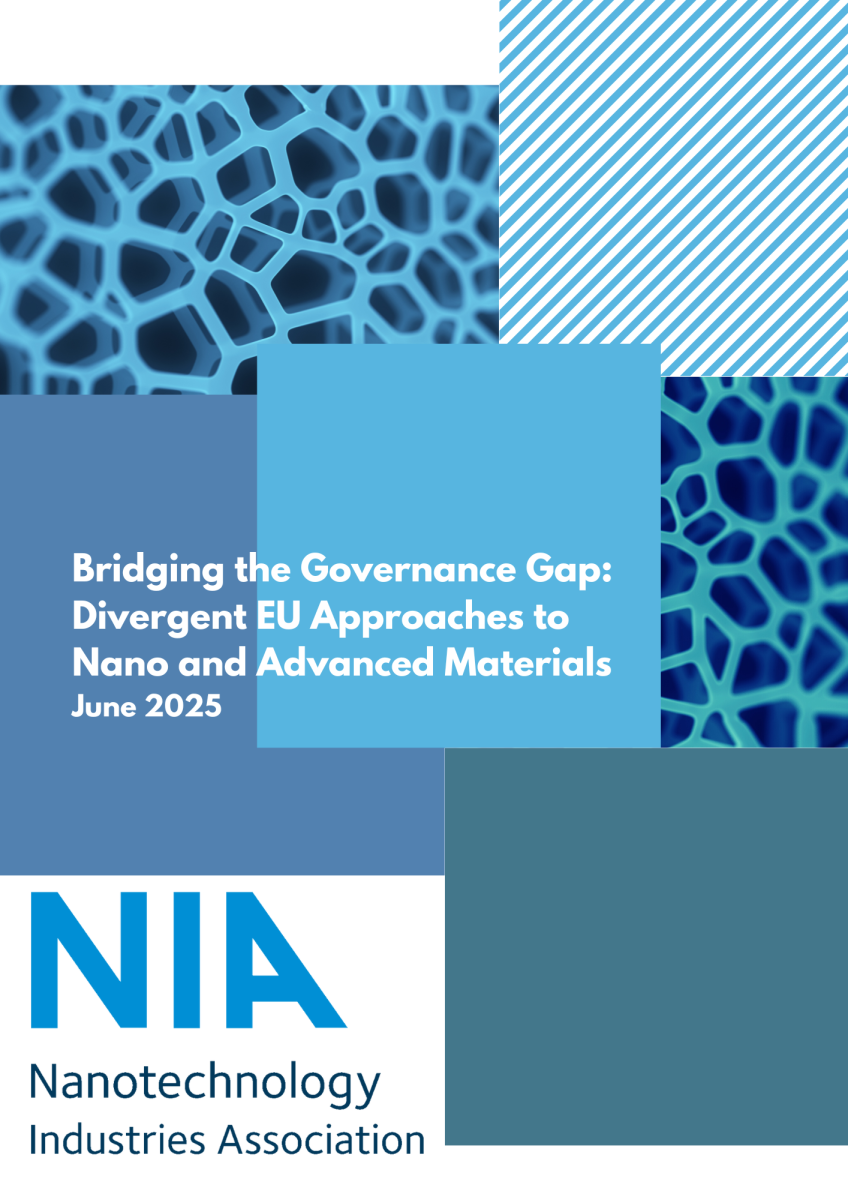 The Nanotechnology Industries Association (NIA) today releases a new position paper, Bridging the Governance Gap highlighting industry challenges with divergent EU approaches to nano and advanced materials. Europe is at a critical juncture in the approach that it takes towards nano and other advanced materials. With the publication of its Communication Advanced Materials for Industrial Leadership, it seeks to take a globally leading position in materials innovation. On the other hand, it continues to be unclear how this ambition aligns with its longstanding application of the precautionary approach to chemical safety and environmental protection for materials.
The Nanotechnology Industries Association (NIA) today releases a new position paper, Bridging the Governance Gap highlighting industry challenges with divergent EU approaches to nano and advanced materials. Europe is at a critical juncture in the approach that it takes towards nano and other advanced materials. With the publication of its Communication Advanced Materials for Industrial Leadership, it seeks to take a globally leading position in materials innovation. On the other hand, it continues to be unclear how this ambition aligns with its longstanding application of the precautionary approach to chemical safety and environmental protection for materials.
We understood that in any large governmental organization like the European Commission there may be different positions being adopted by its different bodies, in this case its Directorate General for Internal Market, Industry, Entrepreneurship and SMEs (DG GROW) and Directorate-General for Environment (DG-ENV). But it should be expected that there should be a more coherent approach from the European Commission as a whole. During the recent discussions in the 54th meeting of the CARACAL expert group, it became clear that there is a divergence between DG GROW and DG ENV, as the first pushes for economic growth and the later seeks to further increase complexity regarding regulatory obligations under REACH. For industry to succeed there needs to be consistency in approach and policy alignment that provides industry with a clear innovation pathway, whilst not compromising the safety of EU citizens or the European environment.
“Extensive testing may be required before a nanoform can enter the European market, even at a low scale. We need better proportionality between risk to health and regulatory requirements”, says Dr Neil Hunt, Principal Consultant at the Yordas Group and Chair of the NIA’s Regulatory Committee. “We would like to see consistency of approach and clear guidance on how to apply testing requirements. The European Commission should aim to learn from its past experiences with nanoforms to ensure that Europe remains a global leader in producing safe nano and advanced materials, but without over-burdening industry with unnecessary and ill-defined testing.”
“The NIA is asking for clarity and consistency, which is not an unrealistic expectation to allow the growth of the nano and advanced materials sector”, says Dr Blanca Suarez-Merino, NIA’s Director of Regulatory Affairs. “It feels sometimes that the requirements for industry are becoming more onerous. The European Commission needs to have more consistency in its approaches and needs to support the development of test methods that work for nano and advanced materials that can be used to fulfill regulatory requirements.”
The position paper asks for clearer communication from the Commission and its Directorate Generals and to ensure better consistency between policies. It suggests that there is a need for cross-sector dialogues and flexible mechanisms, combined with the use of regulatory sandboxes would help boost the confidence of the European materials sector whilst maintaining Europe’s high health and environmental protection standards.
Download the position paper here.
About the Nanotechnology Industry Association (NIA)
The NIA is the industry association for the nanotechnology sector and supports Members for their responsible and successful innovation. It is part of the NIA mission to help Members develop innovations that improve the lives of consumers, preserve the environment and advance our world. NIA supports nanotechnology industries through providing clear industry perspectives and positions on key issues for sectors working with nanotechnology and nanomaterials. The Nanotechnology Industries Association (NIA) is the cross-sectoral, responsible voice for nanotechnology value chains and the global commercial eco-system. The NIA supports innovation and commercialisation of next generation of nanotechnologies and promotes their safe and reliable advancement. Since its foundation in 2005, NIA has served Members from across the nanotechnology spectrum.






